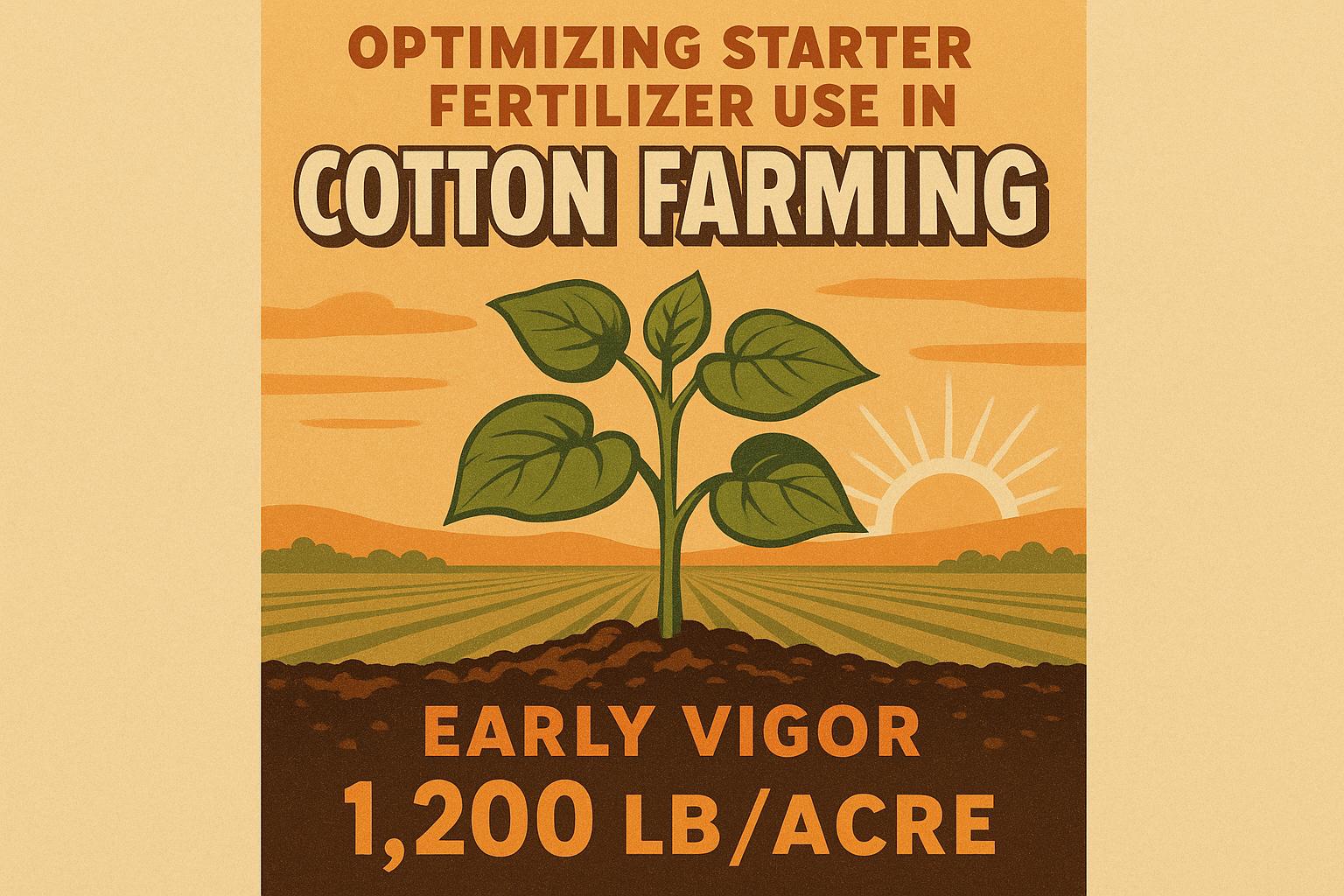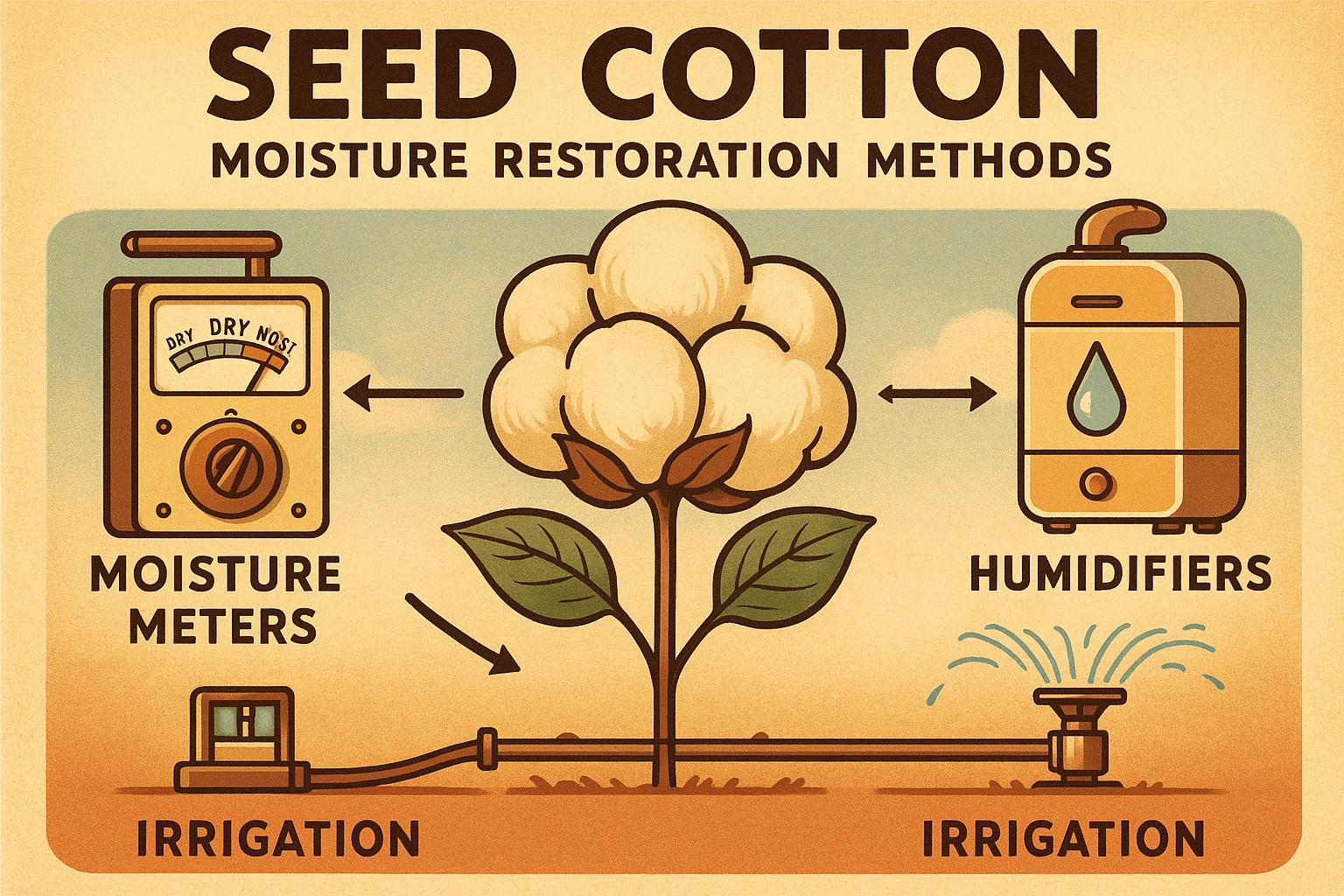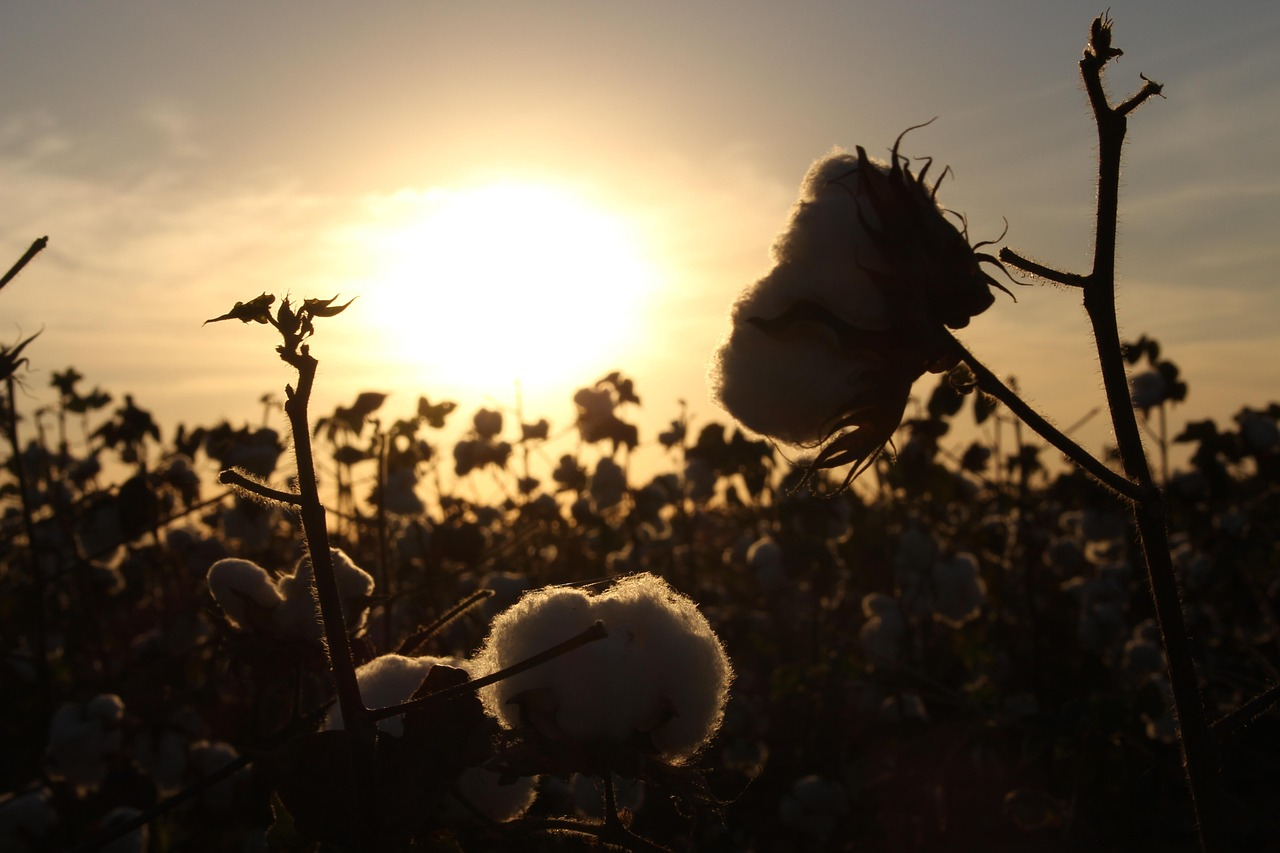Executive summary (TL;DR)
- Explore top high-yield cotton varieties like PHY 480 W3FE for 1,500+ lbs/acre in irrigated fields—pairs with Bt traits for 15% pest resistance and premium fiber quality.
- Compare performance metrics: DP 1646 B2XF excels in dryland with 1,200 lbs/acre average; choose based on soil for a 10-20% yield edge over standards.
- Test regionally; integrate with PGRs for uniform maturity—boosts lint turnout 8-12% across varieties without extra inputs.
Related Post: For foundational variety choices, check out our post on Selecting High-Yielding Cotton Varieties for Optimal Performance.
I've planted enough cotton varieties over the years to know that picking the right one isn't about hype—it's the foundation that turns your ground into gold or leaves you chasing averages. You match genetics to soil, weather, and pests, and suddenly you're harvesting bales that pay the bills with room to spare. For growers with a decade of spotting what works, top high-yielding cotton varieties mean focusing on performers that deliver consistent pounds without the risks of untested flashy options.
We're comparing standouts here, assuming you've got your basics like seed treatments and rotations locked. This is about the varieties that top trials, backed by data from Cotton Incorporated, USDA variety tests, and extension from Texas A&M to Georgia. I'll pull from those, share how they stack up in real fields, and give you the metrics to pick for your operation. No sales push, just the insights to make yield your edge.
Why High-Yield Varieties Matter in Your Operation
Yield drives everything—top varieties push 1,200-1,600 lbs/acre in good conditions, 10-20% over mid-tier, per Beltwide trials. But it's not just pounds; it's resilience, quality, and fit. Poor match stresses plants, dropping set 15%; right one holds through heat for premium lint.
Cotton Incorporated data: High-yielders with traits cut inputs 10-15%, adding $50-100/acre net. For your scale, that's scalable—test on 10% acres to see.
Key: Regional adaptation; Southwest dryland favors drought traits, Southeast disease packs.
PHY 480 W3FE: The Irrigated Powerhouse
PhytoGen's PHY 480 W3FE tops irrigated yields—1,500+ lbs/acre average in trials, with Enlist/ glufosinate tolerance for clean weeds. Strength 30 g/tex, mike 4.2—premium grade.
Performance: Texas data: Outyields standards 12% in water, holds set in 95°F+ heat. Storm-proof bolls reduce loss by 10%.
Fit: Medium maturity for double-crop; sandy loams shine.
Drawback: Needs K for mike; foliar if tests low.
Pro tip: Pair with mepiquat for height control—ups uniformity 8%.
DP 1646 B2XF: Dryland Reliability
Deltapine's DP 1646 B2XF excels dryland—1,200 lbs/acre baseline, XtendiFlex for dicamba/flex. Length 1.15 inches, strength 29 g/tex—solid for apparel.
Stats: Oklahoma trials: 15% better in drought vs. peers, root system pulls moisture deep. Mike 3.8-4.5, low bark.
Ideal for: High Plains variable rain; early maturity escapes late stress.
Challenge: Thrips sensitive; treat seeds.
Off-topic: Market tie—high length fetches 2 cents premium; use classing data for forward sales.
ST 4990 B3XF: Southeast Disease Fighter
Stoneville's ST 4990 B3XF hits 1,400 lbs in humid—Bollgard 3 for worms, Xtend for weeds. Mike 4.0, strength 31—top quality.
Georgia extension: 10% set hold in wet, bacterial blight resistance cuts loss 12%.
Suited to: Southeast humidity; medium-full maturity for extended fill.
Note: Monitor N to avoid high mike; split apps.
Table from multi-state trials:
| Variety | Avg Yield (lbs/acre) | Key Traits | Regional Fit | Quality Metrics |
|---|---|---|---|---|
| PHY 480 W3FE | 1,500 irrigated | Enlist, storm-proof | Southwest | Mike 4.2, strength 30 |
| DP 1646 B2XF | 1,200 dryland | XtendiFlex, drought-tolerant | High Plains | Length 1.15, mike 4.0 |
| ST 4990 B3XF | 1,400 humid | Bollgard 3, disease res | Southeast | Strength 31, mike 4.0 |
| NG 4936 B3XF | 1,300 mixed | Wide adapt, high fiber | Delta | Uniformity 84%, length 1.18 |
NG 4936 B3XF: Versatile Delta Performer
NexGen's NG 4936 B3XF balances 1,300 lbs mixed conditions—Bollgard 3/XF for pests/weeds. Uniformity 84%, length 1.18—mill favorite.
Mississippi data: 8% better in rain variability, smooth leaf cuts trash 10%.
For: Delta swings; medium maturity.
Pro: Low input response; thrives on 100 lbs N.
FM 1621 GL: Quality-Focused Yielder
FiberMax's FM 1621 GL yields 1,350 with GlyTol/Liberty for herbicides. Mike 3.9, strength 32—premium spinner.
California trials: 12% in irrigated West, heat tolerance holds length.
Fit: West Coast; full maturity for fill.
Challenge: Needs P for roots; starter band.
Comparing Performance: Metrics That Matter
Yields vary by region—irrigated Southwest tops 1,500, dryland Plains 1,000-1,200. Quality: Strength >29, mike 3.8-4.5 avoids docks, adds 2-5 cents/lb.
Cotton Council: Trait-stacked varieties cut sprays 15%, up health/yield.
Choose: Soil test + history; trial strips.
Management to Maximize Variety Potential
Varieties perform best with support—PGRs even growth, irrigation at 50% capacity bloom.
Fert: Split N 40/60 pre/side for balance.
Pest: Scout thresholds; Bt reduces worms 90%.
Harvest: Defol at 60% open for clean lint.
Economics: High-yielders add $100-200/acre net; premiums for quality 5-10%.
Challenges: Regional Fits, Costs
Dryland varieties flop in wet; test local. Seed costs $100-150/bag; ROI 2:1 on yields.
A Texas grower trialed PHY 480, hitting a record 1,600 lbs—data guides picks.
Actionable Takeaways
- Test PHY 480 irrigated for 1,500 lbs; DP 1646 dryland for 1,200.
- Match traits: Bt for pests, Enlist for weeds.
- Trial strips 10% acres; monitor mike/strength.
- Manage PGR/fert; aim for uniformity 84% for premiums.


